18. The Black Lives Matter Protests (2020)

We’ve all seen images of people taking to the streets, holding signs, and raising their voices in a powerful, unified call for change. These moments of collective action, born from deep-seated conviction, are not just footnotes in history; they are the engines that have steered the course of human progress.
Following the murder of George Floyd in May 2020, this became the largest protest movement in US history and a truly global phenomenon, with an estimated 15 million to 26 million participants in the US alone, and demonstrations in over 60 countries. The protests highlighted and condemned systemic racism and police brutality, demanding significant institutional and legislative change. The movement spurred a worldwide reckoning on racial injustice, leading to immediate police reforms in many US cities, a global debate on colonial history, and the removal of Confederate and colonial monuments around the world, fundamentally altering public consciousness.
17. The March on Washington for Jobs and Freedom
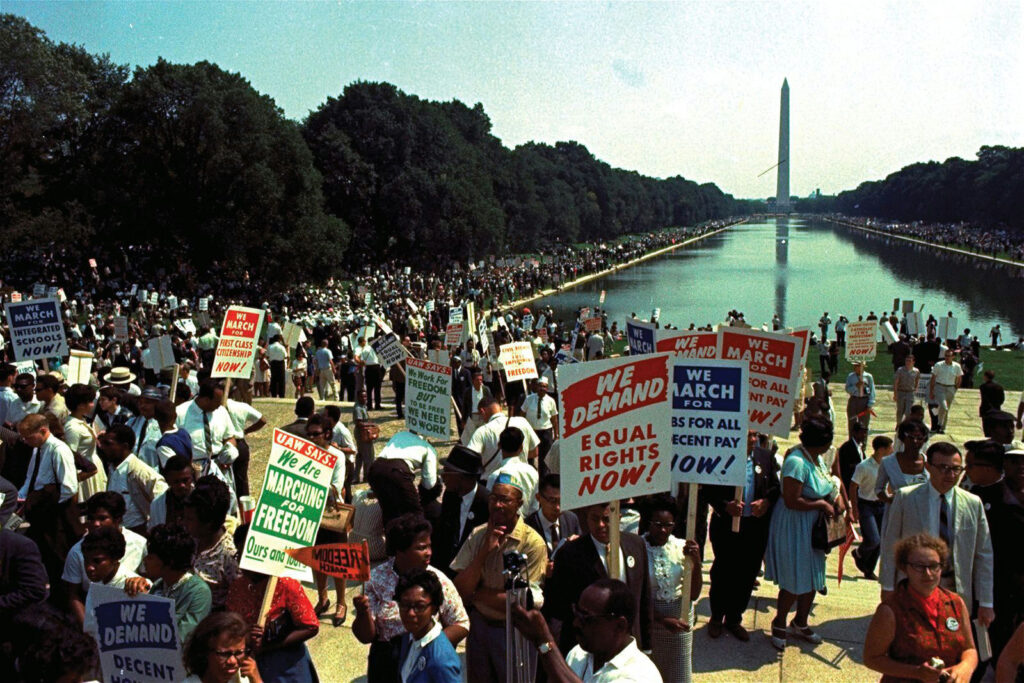
On August 28, 1963, over 250,000 people converged on the National Mall in Washington, D.C., in a massive demonstration to advocate for the civil and economic rights of African Americans. The march was a collaborative effort by major civil rights organizations and labor unions. It is famously the setting for Martin Luther King Jr.’s iconic “I Have a Dream” speech, delivered from the steps of the Lincoln Memorial. The event put immense pressure on President Kennedy’s administration to pass meaningful civil rights legislation. Its success is widely credited with helping to build the support necessary for the passage of both the Civil Rights Act of 1964 and the Voting Rights Act of 1965, profoundly reshaping American society.
16. The Boston Tea Party

The protest in 1773 was a defiant act by American colonists against the British Parliament’s imposition of “taxation without representation,” specifically the Tea Act. On the night of December 16, a group of colonists, some disguised as Mohawk Indians, boarded three ships in Boston Harbor and dumped 342 chests of tea into the water. This was not merely an act of vandalism but a direct, targeted rejection of a law they viewed as illegitimate, representing a loss of political liberty. Though it led to retaliatory measures from Britain, known as the Intolerable Acts, the Boston Tea Party is considered a critical flashpoint that escalated tensions and ultimately fueled the momentum toward the American Revolutionary War.
15. The Velvet Revolution

This nonviolent revolution in Czechoslovakia in 1989 led to the swift collapse of the one-party Communist government and the end of 41 years of totalitarian rule. Beginning with a peaceful student demonstration in Prague on November 17, which was brutally suppressed by riot police, the protests quickly grew into massive, nationwide civil unrest, including general strikes and demonstrations. Key opposition groups, led by figures like Václav Havel, utilized methods of nonviolent resistance, such as forming a human chain and clashing keys to symbolize the turning over of a lock on the old regime. The speed and peaceful nature of the transition inspired other nations in the Eastern Bloc and cemented a peaceful path to democracy.
14. Tiananmen Square Protests
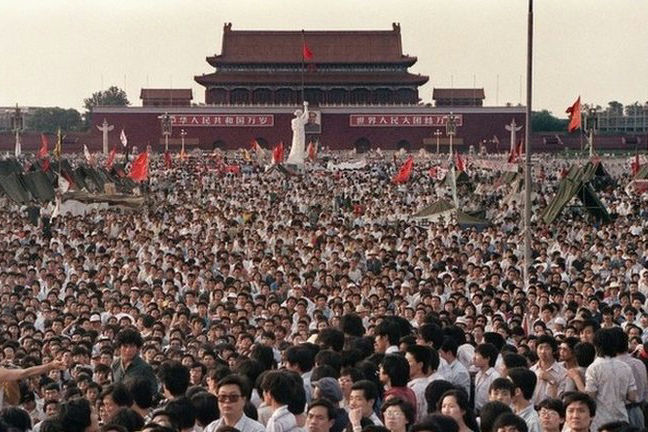
In the spring of 1989, student-led pro-democracy demonstrations took place in Tiananmen Square in Beijing, China, drawing hundreds of thousands of people, including workers and intellectuals. The protests, sparked by the death of reformist leader Hu Yaobang, called for greater political freedom, an end to corruption, and democratic reform. For weeks, the world watched as students occupied the square, setting up the “Goddess of Democracy” statue as a symbol of their aspirations. Tragically, on June 4, the government used military force to crush the demonstrations, resulting in a massacre with a death toll that remains disputed. While the immediate goal was suppressed, the event remains a powerful global symbol of the universal struggle for human rights and democracy against authoritarian rule.
13. The Monday Demonstrations
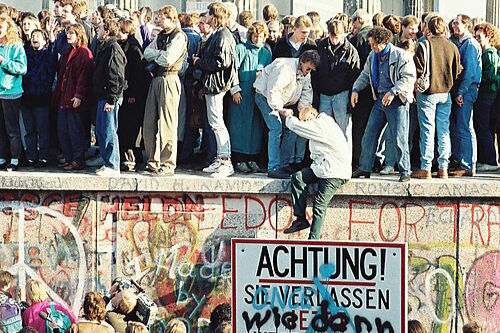
These peaceful mass protests in East Germany, primarily centered in Leipzig and starting in late 1989, were the engine of the Peaceful Revolution that ultimately led to the fall of the Berlin Wall and German reunification. Initially beginning after regular prayer services in the St. Nicholas Church, they grew from a few hundred participants to hundreds of thousands, chanting slogans like “We are the people” and “No violence.” The government faced an impossible choice: either use overwhelming, potentially bloody force against its own people or concede. The sheer, nonviolent pressure of the growing crowds, broadcast globally, forced the regime to open the border, symbolically and literally tearing down the Iron Curtain.
12. The Stonewall Riots
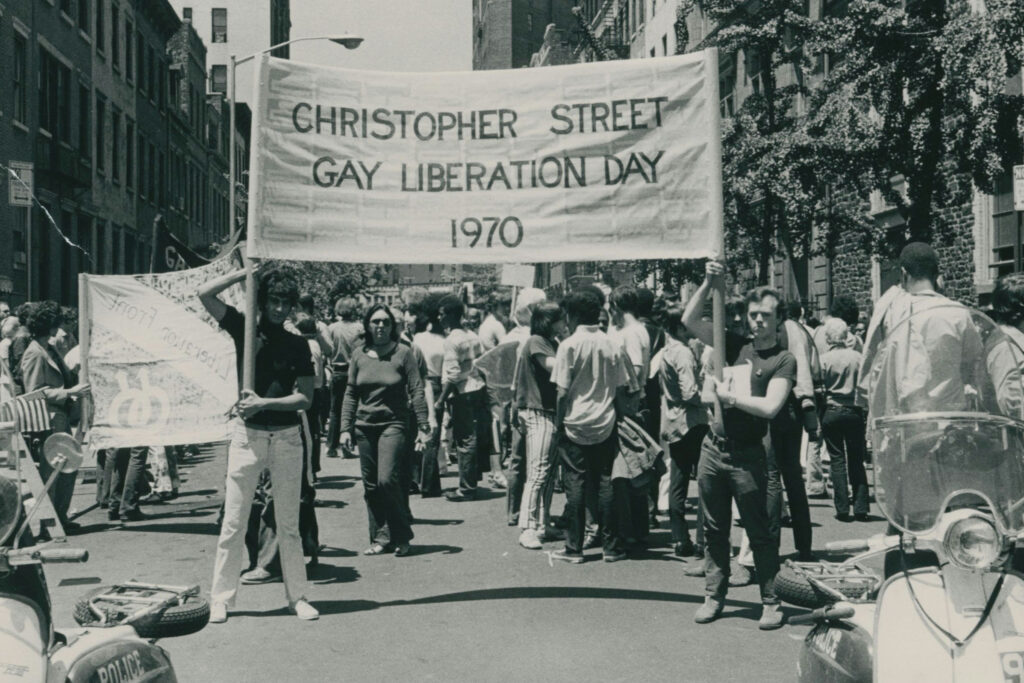
The uprising that began in the early morning of June 28, 1969, at the Stonewall Inn, a gay bar in Greenwich Village, New York City, is widely considered the single most important event in the modern LGBTQ+ rights movement. After years of enduring targeted police raids and systemic harassment of the gay community, the bar’s patrons and neighborhood residents fought back against a police raid, leading to days of spontaneous and violent protests. This was a defiant turning point, transforming a culture of shame and secrecy into one of open political resistance. The riots sparked the formation of countless gay liberation groups and led directly to the first major Pride marches the following year, fundamentally shifting the struggle for equality.
11. The Soweto Uprising

On June 16, 1976, thousands of Black South African schoolchildren in the township of Soweto marched in protest against the forced imposition of Afrikaans, a language widely associated with the oppressive apartheid government, as the mandatory medium of instruction in schools. Police responded with lethal force, killing hundreds of students. The brutal images of the massacre, particularly the photograph of a dying Hector Pieterson, shocked the world and galvanized international opposition to apartheid. This uprising marked a critical internal turning point, injecting a new wave of radical resistance into the anti-apartheid struggle and deepening the country’s political crisis, which contributed to the regime’s eventual downfall.
10. The Women’s Suffrage Parades

Across the late 19th and early 20th centuries, women’s groups in the United States and the United Kingdom organized massive, persistent public demonstrations to demand the right to vote. Key actions included the 1913 Woman Suffrage Procession in Washington, D.C., where thousands marched the day before President Wilson’s inauguration, and the militant tactics of the British suffragettes. These public spectacles, often met with hostility and violence, strategically utilized media attention to force the issue of political equality onto the national agenda. The sustained visibility and pressure from these movements were instrumental in securing voting rights for women, fundamentally altering the nature of modern democracy.
9. The Arab Spring Uprisings
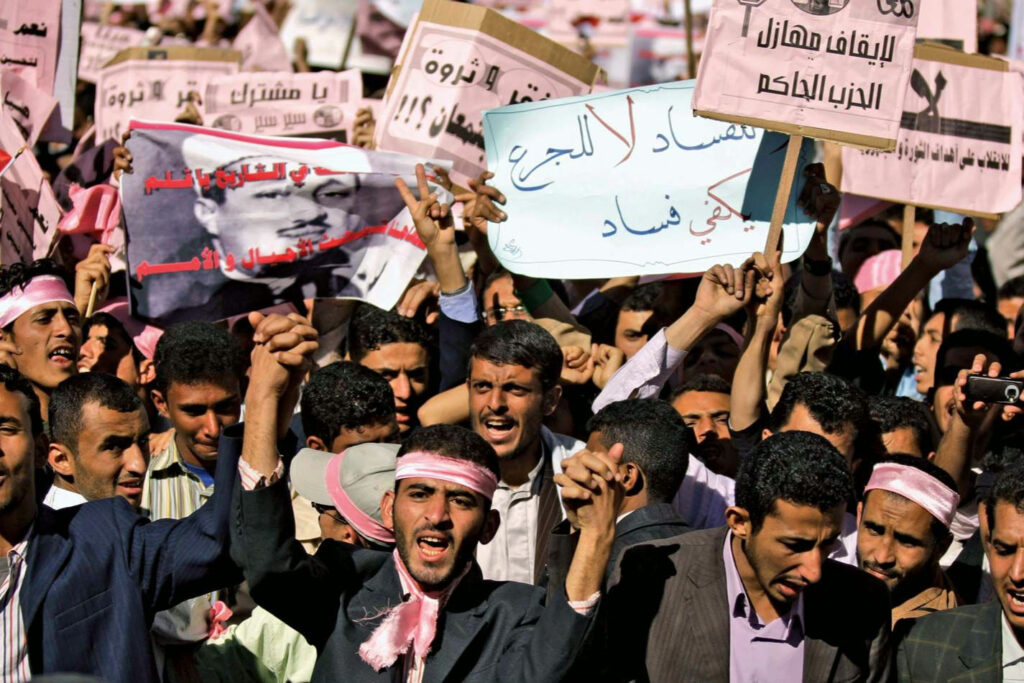
Beginning in Tunisia in late 2010, the Arab Spring was a wave of pro-democracy, anti-government protests, uprisings, and armed rebellions that spread across much of the Arab world. The self-immolation of a street vendor, Mohamed Bouazizi, in protest of corruption, triggered the Tunisian revolution. Inspired by this event and fueled by decades of authoritarianism, high unemployment, and corruption, millions took to the streets in countries like Egypt, Libya, and Syria. The use of social media to organize and broadcast these events was unprecedented. The protests led to the ousting of long-serving rulers in several nations, demonstrating the powerful and immediate ability of organized dissent to topple seemingly immovable regimes, though the long-term outcomes remain complex.
8. Solidarity Movement Strikes
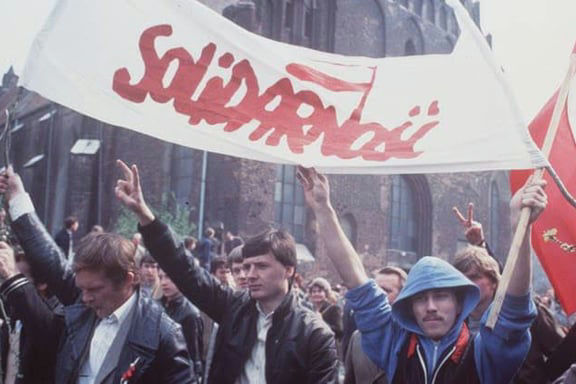
In 1980, the Solidarity trade union movement in Poland was established after a wave of strikes originating in the Gdańsk Shipyard, led by Lech Wałęsa. This was the first independent, non-government-controlled trade union in a Soviet-bloc country and quickly gained nearly 10 million members, becoming a genuine mass social movement. Despite being driven underground after martial law was imposed in 1981, Solidarity persisted as a formidable opposition force. Its existence and resilience demonstrated the weakness of the communist regime and were instrumental in the negotiated, peaceful transition of power in 1989, initiating a domino effect that led to the collapse of communism across Eastern Europe.
7. Iranian Revolution Mass Protests
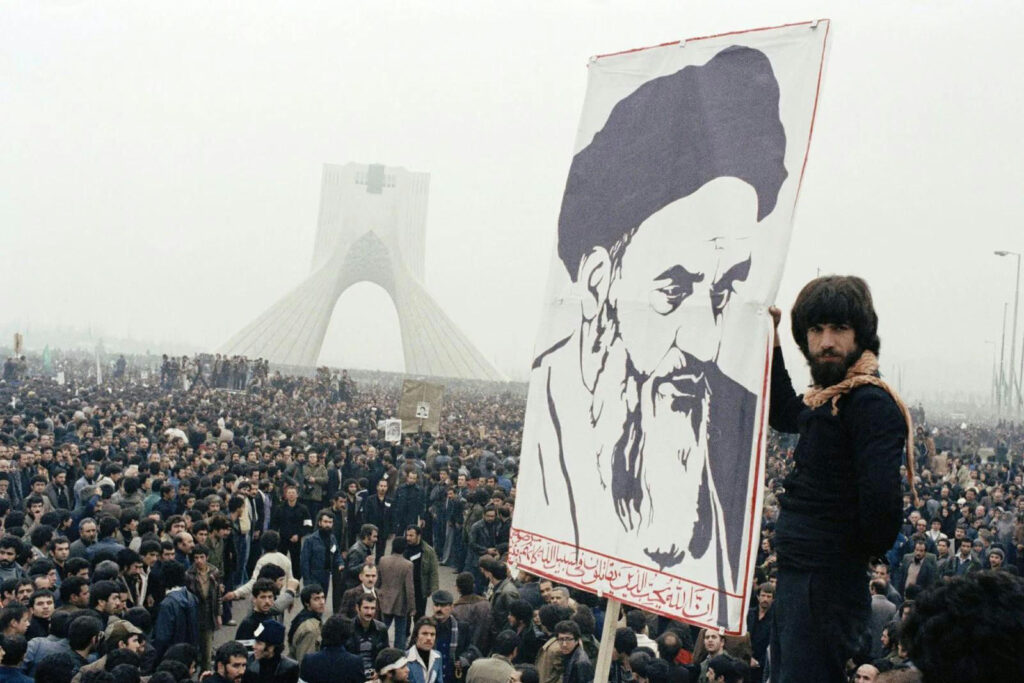
From 1978 to 1979, massive, persistent public demonstrations and widespread strikes brought the entire country of Iran to a standstill and ultimately overthrew the pro-Western Shah Mohammad Reza Pahlavi. Fueled by discontent over the Shah’s autocratic rule, political repression, and economic inequality, the protests united a diverse coalition of secular, leftist, and Islamist opponents. Millions participated in these demonstrations, refusing to disperse despite the military’s attempts to suppress them. The sheer scale and determination of the crowds, combined with the return of Ayatollah Ruhollah Khomeini, led to the establishment of the Islamic Republic, fundamentally reshaping the political and religious landscape of the Middle East.
6. The Montgomery Bus Boycott

Following the arrest of Rosa Parks for refusing to give up her seat to a white passenger in December 1955, the Black community of Montgomery, Alabama, organized a mass boycott of the city’s bus system. Lasting 381 days, this nonviolent protest forced the city’s main source of transportation revenue to the brink of financial collapse. It was a rigorous and disciplined demonstration that showed the economic power of Black citizens and thrust Martin Luther King Jr. into the national spotlight as a civil rights leader. The boycott successfully ended segregation on public buses after the U.S. Supreme Court ruled in November 1956 that segregation on buses was unconstitutional, providing a blueprint for future Civil Rights campaigns.
5. Greensboro Sit-Ins
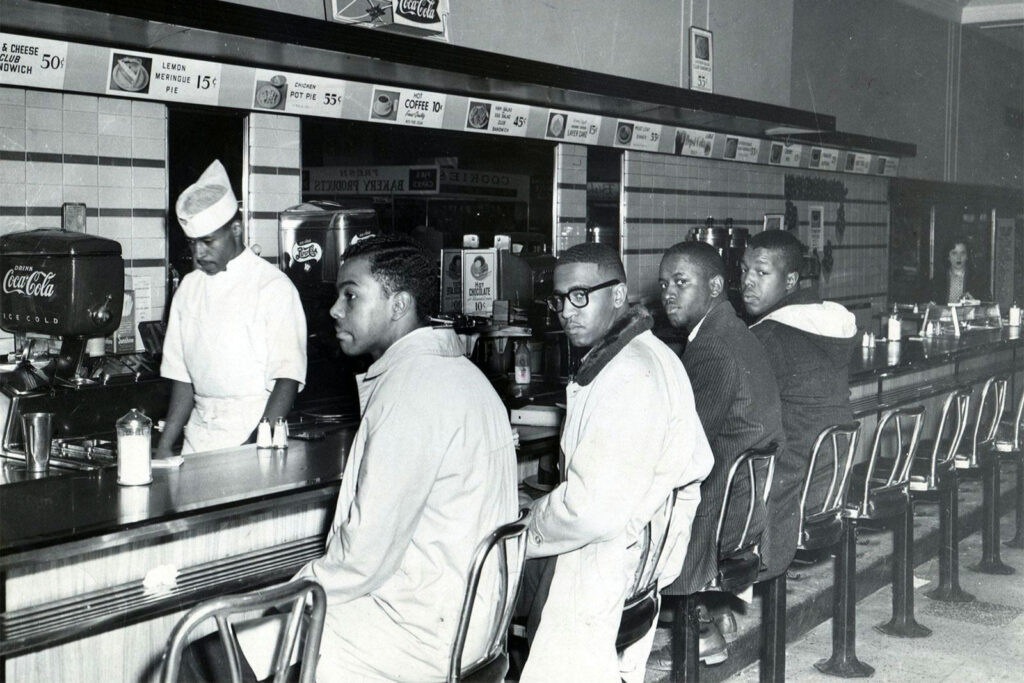
The sit-in movement began on February 1, 1960, when four Black college students known as the Greensboro Four sat down at a segregated lunch counter at a Woolworth’s store in Greensboro, North Carolina, and refused to leave after being denied service. This nonviolent act sparked a wave of similar sit-ins that rapidly spread to cities across the American South. The protests were simple, direct, and highly visible, drawing national media attention to the absurdity and cruelty of racial segregation in public accommodations. Within months, thousands of young people, both Black and white, joined the movement, leading to the desegregation of numerous lunch counters and contributing significantly to the momentum of the broader Civil Rights Movement.
4. The Gezi Park Protests
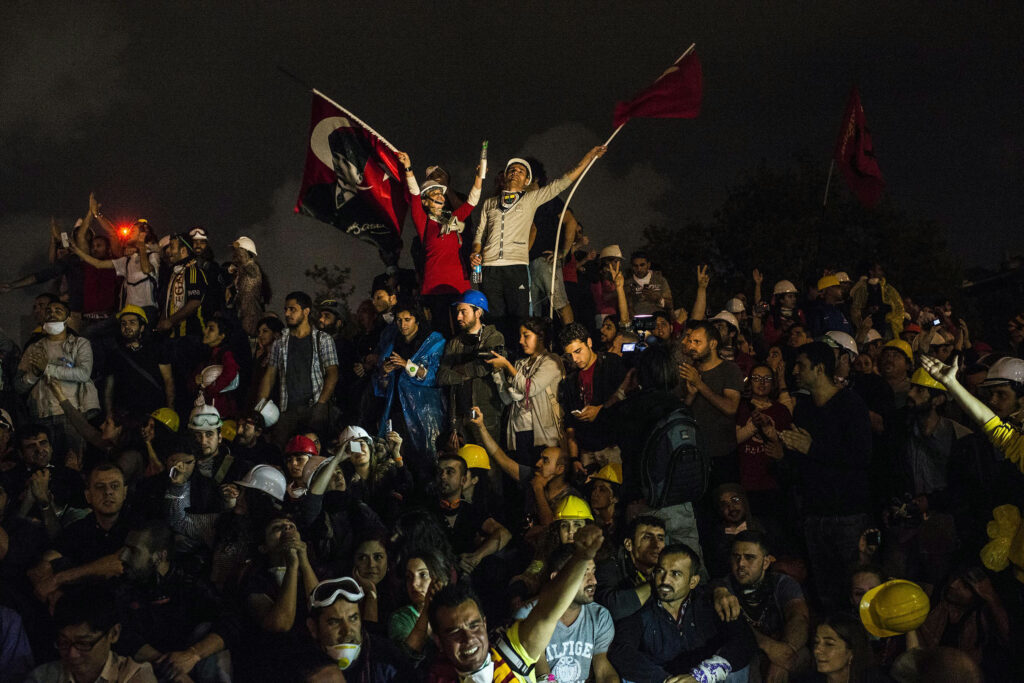
In 2013, what started as a small sit-in to prevent the demolition of Gezi Park, one of the few green spaces remaining in Istanbul’s city center, quickly escalated into massive nationwide protests in Turkey. The brutal response by police against the peaceful environmentalists ignited widespread discontent over the perceived authoritarianism and increasingly intrusive policies of the government. Millions participated in street demonstrations across the country, protesting issues like freedom of the press, assembly, and government overreach. While the park was saved and the protests were eventually suppressed, the movement created a new, diverse opposition front and exposed deep societal divisions over democratic freedoms and the country’s direction.
3. Gandhi’s Salt March
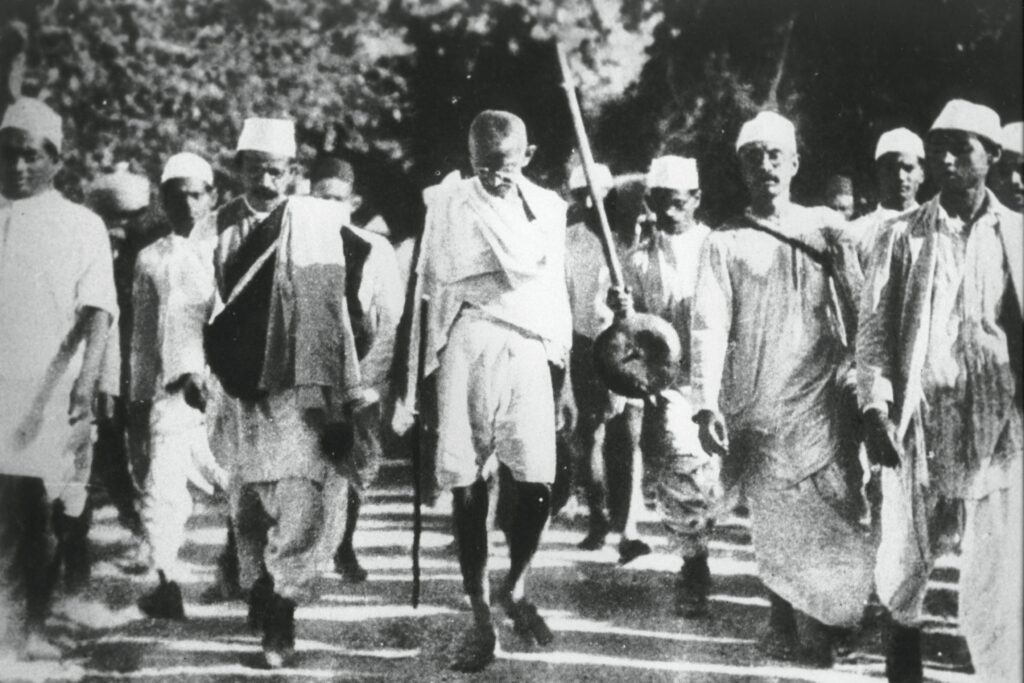
In 1930, Mohandas Gandhi initiated this act of nonviolent civil disobedience against the British salt tax, which prohibited Indians from collecting or selling salt. The march covered 240 miles from his ashram to the coastal village of Dandi. The symbolic act of picking up a lump of natural salt from the sea-coast marked a pivotal moment in India’s independence movement. Over 60,000 Indians were eventually arrested for breaking the salt law, but the protest gained massive global attention, undermining British authority and firmly establishing the power of Satyagraha, truth force or soul force, as a method of resistance. This successful challenge to the British monopoly galvanized the public and set a vital precedent for future nonviolent movements worldwide, including the American Civil Rights Movement.
2. Global Anti-Iraq War Protests
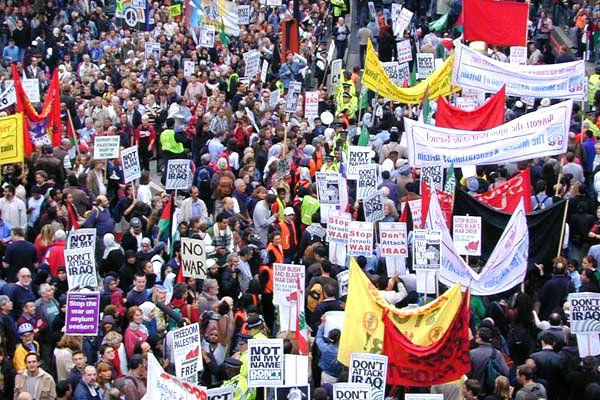
On February 15, 2003, a coordinated day of protests took place in over 600 cities worldwide, marking what researchers described as the largest protest event in human history. Millions of people marched to express their opposition to the imminent invasion of Iraq by the United States and its allies. The largest rally occurred in Rome, drawing an estimated three million people. Though the protests ultimately failed to prevent the war, they demonstrated a powerful, unprecedented level of coordinated global civil society opposition to government foreign policy, showcasing the rise of transnational activism as a major political force.
1. The May 1968 Protests in France

Starting with student demonstrations against university conditions in Paris, the May 1968 movement quickly escalated into a nationwide general strike involving approximately ten million workers, crippling the French economy and bringing the country to the brink of revolution. Though President Charles de Gaulle’s government survived, the protests had a profound and lasting cultural and social impact. They challenged traditional authority, led to significant concessions on workers’ rights (including wage increases and better working conditions), spurred university reform, and inspired leftist, feminist, and environmentalist movements across Europe.
This story The Greatest Protests of All Time, Ranked was first published on Daily FETCH


